According to Wikipedia the definition of a sewing seam is: In sewing, a seam is where two or more layers of fabric, leather or other materials are held together with stitches. Our friend Wiki makes seams sound simple, doesn't it? That's because they really are! Although seams are the foundation of your sewing they are one of the easiest things to learn! There are just 4 Basic Sewing Seams to learn.
What is a Seam
Seams are stitched on the seamline. The seam line is determined by your seam allowance. The seam allowance, although it sounds confusing when you first begin to sew, is simply the distance from where the needle penetrates the fabric out to the edge of the fabric. The standard seam allowance in commercial patterns is ⅝" (1.5 cm) unless the pattern instructions tell you otherwise.
Types Of Seams
All basics seams used in clothing construction are variants on four basic types of seams:
- Plain seams
- French seams
- Flat-fell seams
- Lapped seams
The plain seam is the most common type of seam. It joins two pieces of fabric right sides together by sewing through both pieces. The seam allowance with raw edges is on the inside.
Examples of this type of seam can be seen in a skirt or pair of shorts.
With a French seam, the raw edges of the fabric are fully enclosed for a nice neat finish. The seam is first sewn with wrong sides together, then the seam allowances are trimmed and pressed. A second seam is sewn with right sides together, enclosing the raw edges of the original seam.
Examples of this type of seam can be seen in costumes and many couture garments.
In a flat-fell seam, two pieces of fabric are joined edge-to-edge with no overlap and sewn with hand or machine stitching that encloses the raw edges. Antique or old German seam is the 19th-century name for a hand-sewn flat seam that joins two pieces of at their selvages.
Examples of this type of seam can be seen down the side of jeans.
In a lapped seam, the two layers overlap with the wrong side of the top layer laid against the right side of the lower layer. Lapped seams reduce the bulk when sewing thick or heavy fabrics.
Examples of this type of seam can be seen in clothing such as leather jackets.
There are several other types of seams but they are all variations of the basic four.

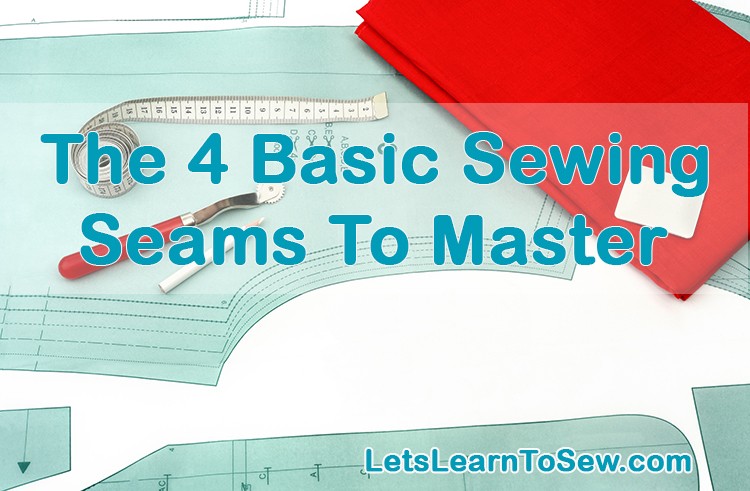

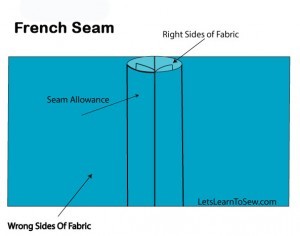
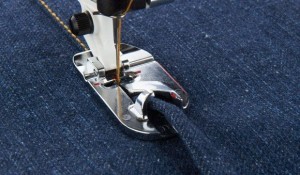
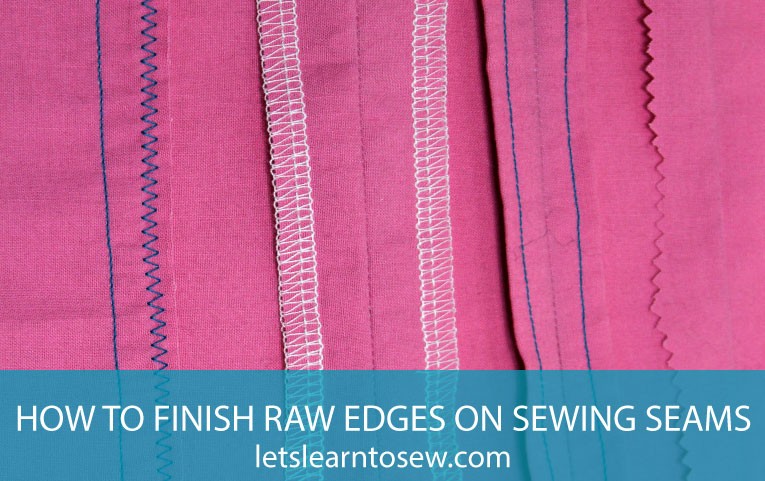


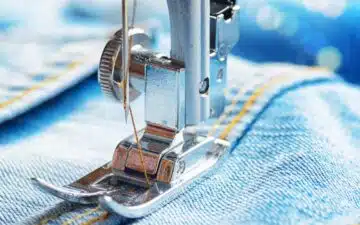
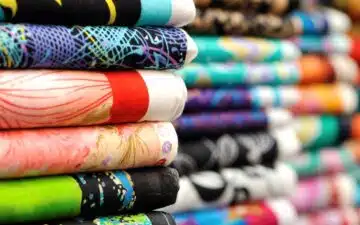
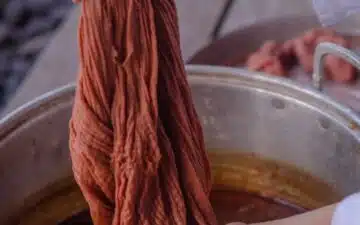
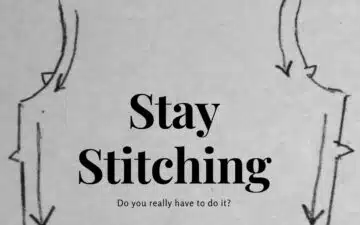
Joy Boaz
Thank you for adding me
Lauren
I have tried multiple times to learn how to sew but this actually looks like somthing I can do!